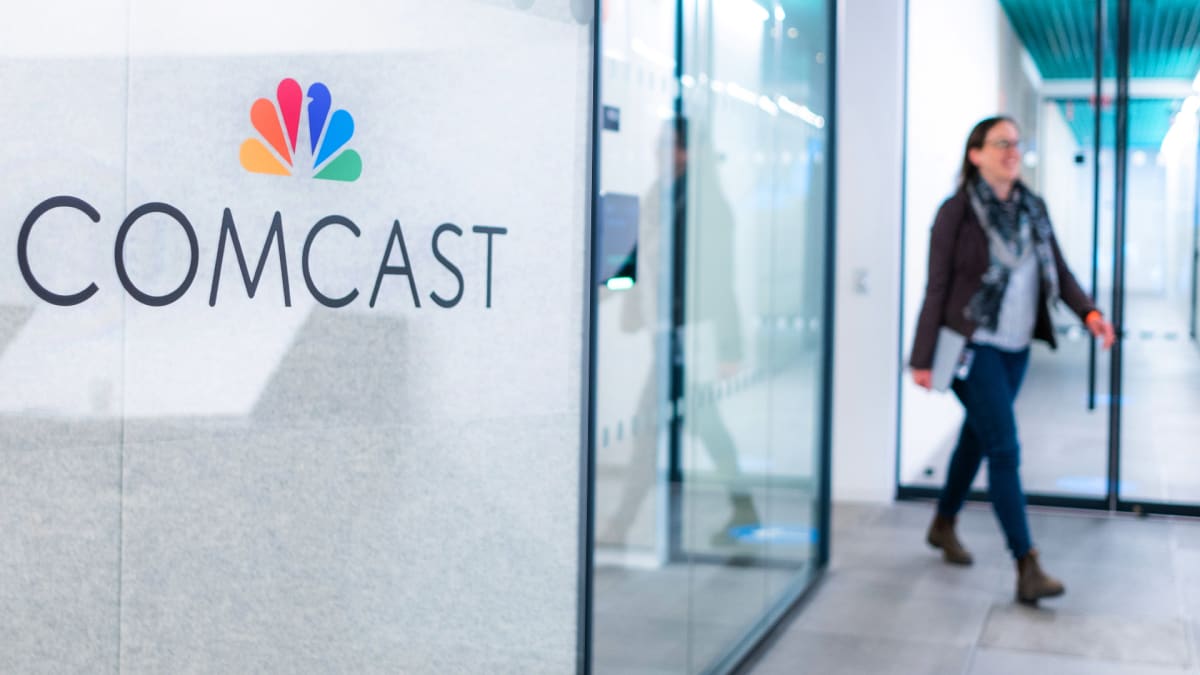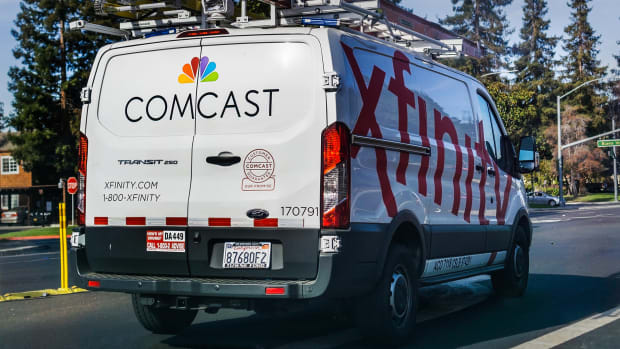
Cable companies like Comcast (CMCSA) and Charter Communications (CHTR) began their business lives as monopolies by contract. In exchange for building out the required infrastructure in a town or city, they got long-term exclusivity in the market.
That has changed with cable simply because of streaming, but in many cases Comcast and Charter remain the only viable choices for many Americans. That has enabled both companies to grow their broadband-subscriber base while they lose cable customers.
Yes, people could opt for phone-company-provided DSL or even T-Mobile's (TMUS) 5G internet, but those services are inferior to high-speed broadband. Basically, many Americans have no real options, according to a 2020 report from the Institute for Local Self-Reliance.
"At least 49.7 million Americans only have access to broadband from one of the seven largest cable and telephone companies," the report said. "In total, at least 83.3 million Americans can only access broadband through a single provider"
Comcast also ties its broadband business to its cable business, Customers get a. break on broadband for keeping cable, and that gives the company leverage even though streaming options do make it easier to cut the cord.
In many cases, the existing cable audience is older or families that need local channels for things like school cancellations. In addition, sports fans can't get the full package of National Football League games (and some other sports programming) without getting cable.
There's more choice in cable compared with broadband, but for millions of Americans, cord-cutting is simply not an option.
This market situation enables companies like Comcast to raise prices because consumers have no real choice. That's exactly what the company is doing for most of its cable customers, but it's not being fully honest about it.

Shutterstock
Comcast Raising Mandatory Fees
Comcast does not offer straightforward pricing.
Instead, it has a core price that it then jacks up by adding regional sports and broadcast TV fees. These seem likes taxes, a sort of mandated charge that the company has no control over. In reality, both are fully under Comcast's control and they're really just a way to advertise a low price even though that not what anyone actually pays.
"Comcast is raising its broadcast TV fee from $19.15 to $23.20 and its regional sports fee from $15 to $17.25, according to customer bills," PennLive reported.
The cable giant will also raise its modem-rental fee from $14 to $15 while the cost of a TV remote and a box will go from $8.50 to $10.
Customers, it's important to note, can't opt out of the broadcast-TV or regional-sports-network fees. In some cases, you can buy your own modem, but cable boxes and remotes are also not a choice for customers.
Comcast has added about 2 million broadband customers over the past two years while its cable audience has dropped by about 3.5 million subscribers.
Consumers Really Dislike Comcast
In a broad sense, Americans don't like cable and internet providers. The two categories are routinely the lowest-rated on the American Customer Satisfaction Index.
Comcast is among the lowest-rated large-scale broadband providers rated by the survey, scoring a 66. Charter does worse with a 64, but both of these numbers are among the lowest scores of any companies in any ACSI category.
Over the past few years Comcast has made numerous attempts to improve its customer service. It has made some progress, making it easier to know when a service technician will arrive, but it has done nothing to become more transparent in its billing practices.
The company continues to obscure its true cost by using a low price that's, again, not the price anyone actually pays. Some consumers may want to know how their bill breaks down, but that should be in the fine print, not in the listed price.
When you can't opt out of a fee that the company, not the government, is adding, it's not a fee, it's the price, That's something Comcast (and others in the internet-service-provider space) have avoided saying, in an attempt to mislead consumers.
Comcast, of course, passes the blame to its partners in its statement that PennLive reported.
“TV networks and other video programmers continue to raise their prices, with broadcast television and sports being the biggest drivers of increases in customers’ bills,” the company said in a statement.
“We’re continuing to work hard to manage these costs for our customers while investing in our broadband network to provide the best, most reliable Internet service in the country and to give our customers more low-cost choices in video and connectivity so they can find a package that fits their lifestyle and budget. Our national average increase of 3.8% is about half of the most recent rate of inflation.”
That statement would ring true if video programming (television channels) weren't the actual product Comcast sells in its cable package. Essentially, this policy would be like your grocery store tacking on mandatory food and beverage fees to the advertised price of each item.
That can't happen because you have a choice in grocery stores. If you want a full cable package -- something that many people still do -- streaming isn't a real option so you're simply stuck paying these fees.







